VARIETIES AND TYPES OF TEA
REGIONS
CHINA
JAPAN
TAIWAN
THAILAND
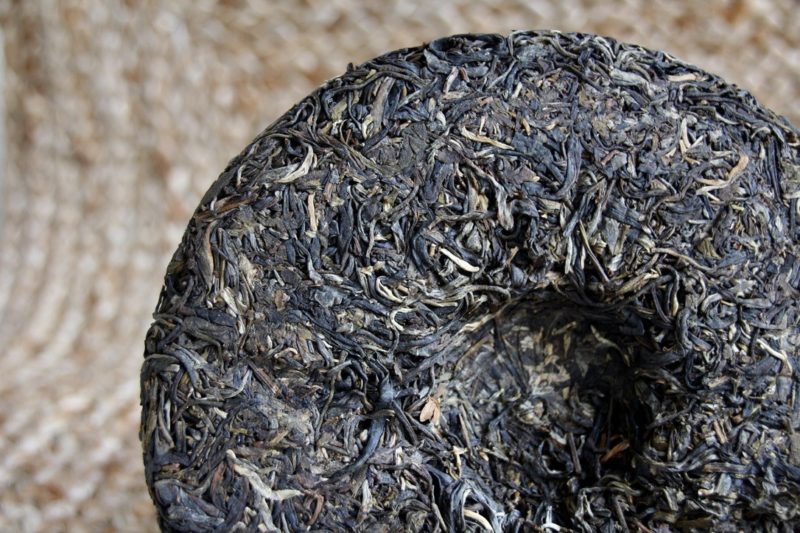

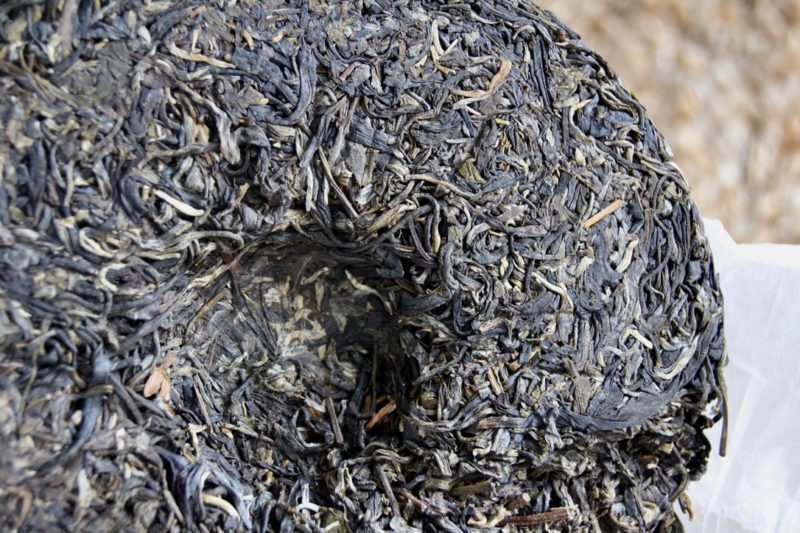
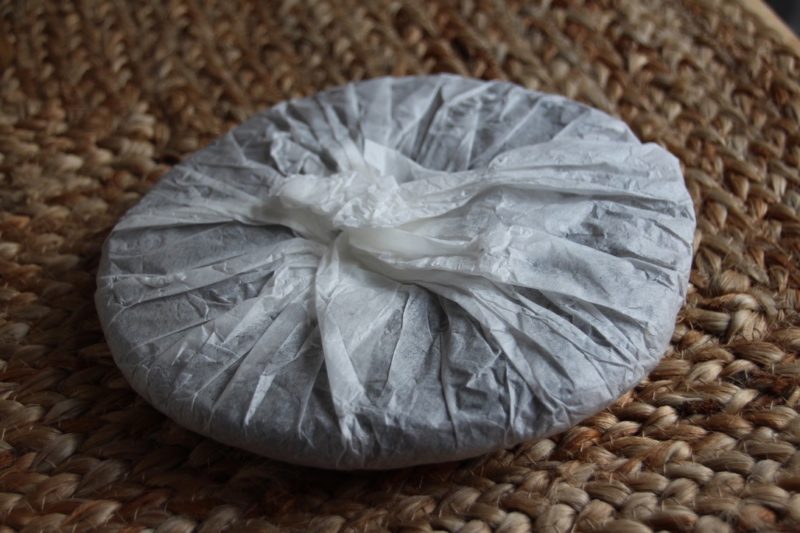
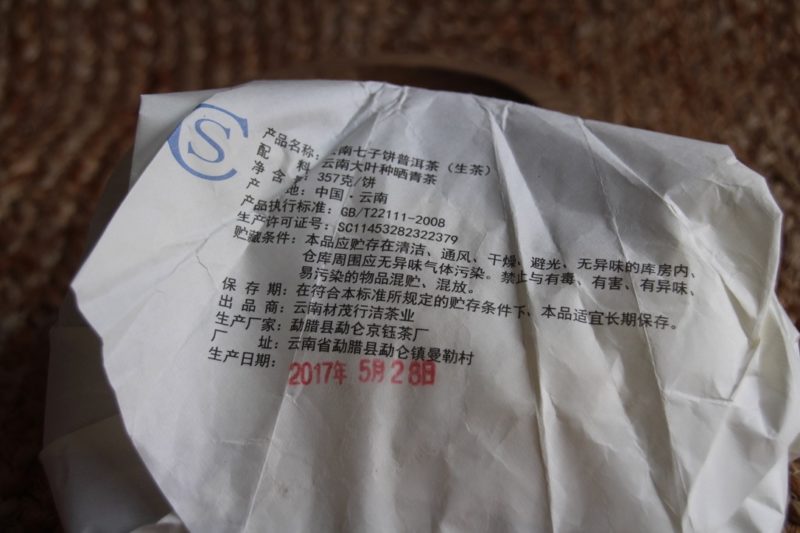
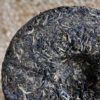

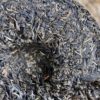
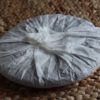
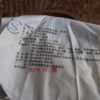
69.60€ Taxes included
The Mang Fei 2017 Sheng (raw) Puer Tea, produced and processed in the mountainous area of Mang Fei in Yong De County (Lincang Prefecture, Yunnan), grows at an altitude of 1,500 meters: here camellias can enjoy a very sunny climate with high humidity and healthy mountain air. The tea, with its bright golden liquor, has a floral and fruity aroma, with just a slight astringency on the finish typical of Sheng Puer.
In stock
The leaves of Mang Fei 2017 Sheng (raw) Puer Tea come from the Mang Fei area located in the Yunnan region of southern China. In order to better understand this product, it is necessary to investigate the area of origin of its leaves as, in most cases, it is the place of origin itself that gives the tea its name and main organoleptic qualities.
This puer, specifically, is composed mainly of the harvest made in the mountainous area around Mang Fei village in the most central-eastern part of Yunnan. The leaves in question were then carefully selected and pressed in spring 2017 by the Menglun Jingyu factory located in Mengla County. The indication on the factory where the leaves arrive is useful to emphasize that behind this puer is a certain style or type of research designed by a special group of tea masters to enhance the territorial characteristics of the product.
Regarding the flavors of this Mang Fei there is also to take into consideration that it already has three years of aging behind it. In the infusion of will be able to feel the effects of time because of the changing vegetable taste now somewhat similar to that of a celery but, above all, a refreshing effect on the palate will be very evident. This aspect will be particularly reminiscent of the feeling that sage leaves or fennel seeds can give. Finally, in addition to the preponderant almost balsamic freshness, there will be a slight sweet aftertaste with a fruity, nectarine connotation.
Mang Fei – Yunnan, China
After the harvest the leaves whither under the sunlight for a certain period of time depending on the tea masters evaluations before going into the “killing of the green” phase which is similar to the practice adopted for green teas. In this case, however, the leaves are heated in the iron wok with a lower temperature than the usual standards for a green tea so it is possible to preserve some enzymes capable of changing the the taste of the tea through the time. After being pan-fried the leaves rest during the night time before the last drying phase under the sun in the next day. In this stage the product is called maocha and it is ready to be (eventually) pressed in order to have the best conditions to being transported and aged. To press the leaves, the producer exposes a certain quantity of the product to a strong steam jet for few seconds in order softened the vegetal mass and then wrap all up in a kind of sock or sac to imprint the final, usually discoid, form. To maintain the desired shape the sac is put under an heavy stones for several hours or under a mechanical press while the leaves loose the residual moisture caused by the steam in the previous phase.
We strongly recommend infusing this tea in the traditional Chinese method (Gong Fu Cha) with a gaiwan with a capacity of about 150 ml. By following this preparation, multiple infusions can be made with 5 grams of leaves that are useful to best capture all the flavor nuances of the tea.
Heat the water to a temperature of 90°C: conduct a short rinse of the leaves and then an initial 15-second infusion. Keeping the water at the same temperature, you can then continue to exploit the same leaves by adding more water and increasing the infusion time by 5 seconds each time (15 – 20 – 25…).
This tea has a longevity of 8 infusions.
For a more classic preparation in the Western style, we recommend 3 grams of leaves in a 200-mL cup with water at 90°C for an infusion time of 2 and a half minutes.
For a better tasting experience, we suggest that you strain the tea as soon as the brewing time is over. The infusion timings we suggest can be slightly modified to your liking to achieve a more or less intense taste.
Store in a cool, dry place away from direct sunlight.
Black Friday 50
| Weight | 0.365 g |
|---|---|
| Dimensions | 0.000000 × 0.000000 × 0.000000 cm |
| Detail - Temperature | 90°C |
| Detail - Brewing | refreshing |
| Feature - Caffeine | Medium caffeine |
| Preparation - Gaiwan | 5gr x 150ml / 15-20-25… sec / 8 brewings |
| Preparation - Mug | 3gr x 200ml / 2 minutes and a half / 2 brewings |
| Feature - Oxidation | Partial oxidation |
| Other - Origin | China |
| Other - Taste | Vegetal / Sweet |
| Other - Instants | Drink |
WHEN TO DRINK THE TEA

